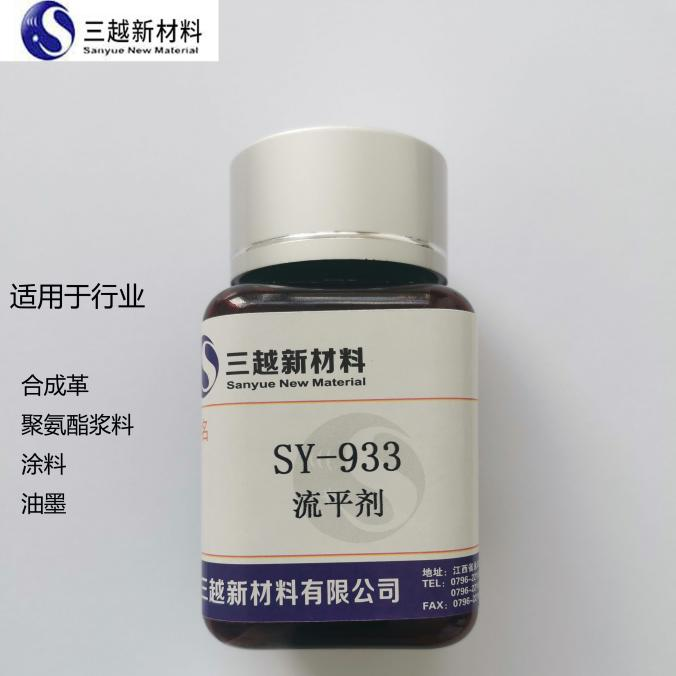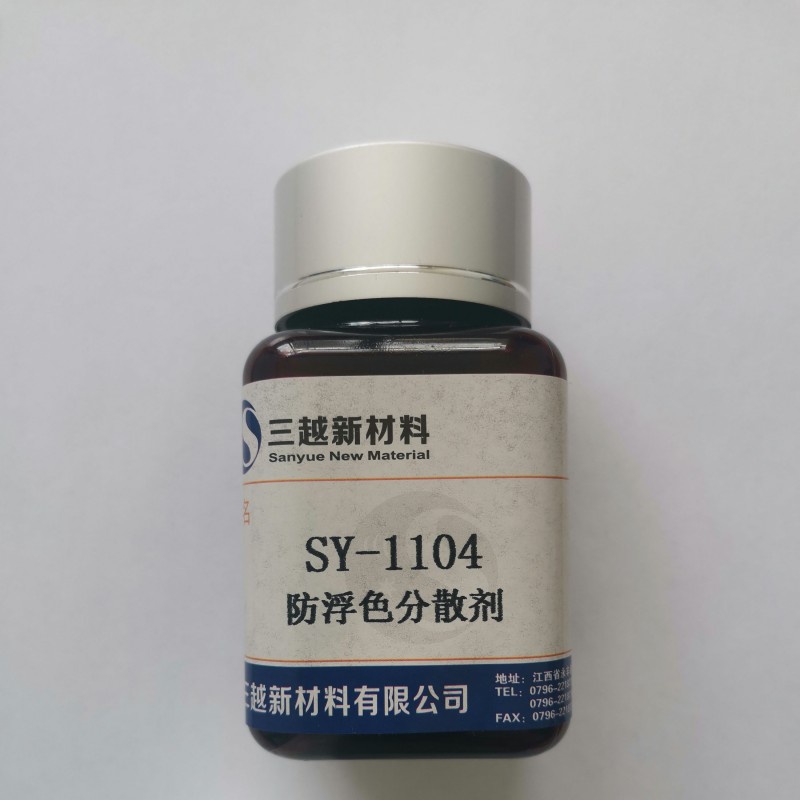Dispersant is a kind of interfacial active agent which has both lipophilic and hydrophilic properties in the molecule. It can uniformly disperse the solid and liquid particles of inorganic and organic pigments that are difficult to dissolve in liquid, and also prevent the sedimentation and condensation of particles to form amphiphilic reagents needed for stable suspension. There are many kinds of dispersant, according to its structure to distinguish, can be divided into: anionic type, cationic type, non-ionic type, electric neutral type, polymer type (including high, medium and low molecular weight) dispersant.
1, anionic surfactants: most of them are composed of non-polar negatively charged oil-loving hydrocarbon chain parts and polar hydrophilic groups. The two groups are at the two ends of the molecule respectively, forming an asymmetric hydrophilic hydrophilic substructure. Anionic dispersing agent is soluble and widely used.
2, cationic: non-polar groups with positive charges. Cationic surfactants have strong adsorption capacity and have good dispersion effect on carbon black, various ferric oxides and organic pigments. However, it is necessary to pay attention to the chemical reaction with the carboxyl group in the base material and not to use anionic dispersant at the same time, and the use should be cautious.
3, non-ionic: can not be ionized, no charge. Weak adsorption on pigment surface, mainly used in water coatings. Their function is to reduce surface tension and enhance wettability. Add some organosiloxane to prevent flasiness, florescence and improve leveling.





 扫一扫咨询微信客服
扫一扫咨询微信客服